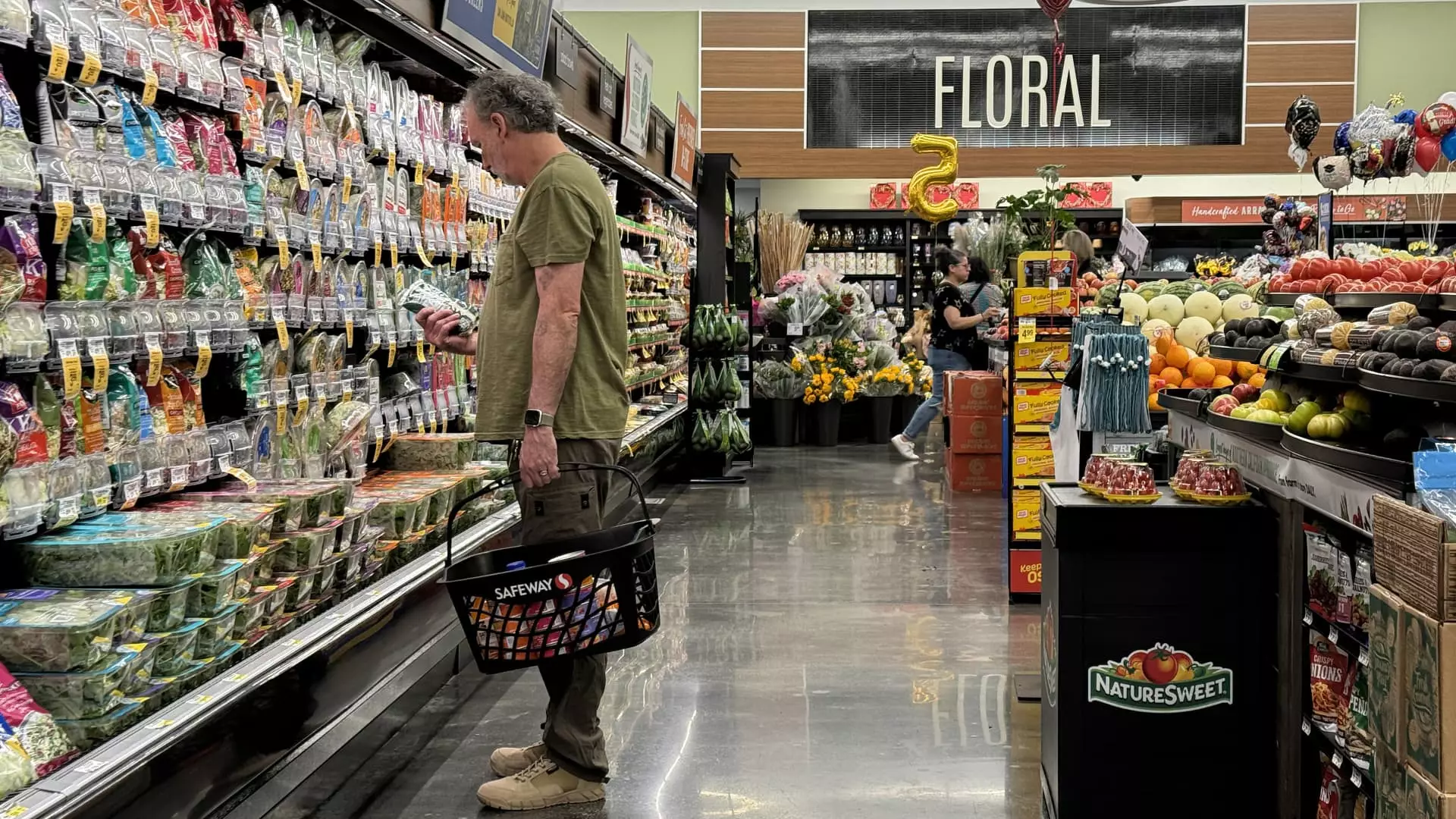The inflation rate for food prices has slowed down in recent months, according to government data. However, this slowdown does not mean that consumers are not feeling the impact of high grocery costs. In the past few years, 80% of Americans have noticed a significant increase in the price of groceries, with prices rising by 25% since the start of the pandemic. This increase has forced some consumers to make difficult choices, such as sacrificing other necessities like rent or bills to pay for food. Additionally, many have considered or applied for food stamps and turned to food banks to make ends meet. Despite the majority of consumers feeling the pinch of rising grocery costs, other essential expenses like gasoline, bills, housing, and dining out have also seen price hikes, making it challenging for individuals to manage their budgets effectively.
Congressional Response and Retail Initiatives
The escalating cost of groceries has attracted the attention of Congress, with Sen. Elizabeth Warren highlighting the continuous rise in prices even after the pandemic. In response to consumer fatigue over high prices, some retailers such as Target, Amazon Fresh, and Walmart have taken steps to lower grocery costs. Target plans to reduce prices on thousands of items, including meat, milk, fruits, and vegetables. Amazon Fresh will follow suit by cutting prices on a wide range of products both online and in stores. Similarly, Walmart has increased its discounts on groceries and sales on various items to provide relief to consumers struggling with high food prices.
While the current rate of food inflation is slowing down, it is essential to note that certain categories still show significant year-over-year price increases. Consumers can adopt several strategies to manage their grocery budgets effectively. Experts recommend avoiding categories with surging costs, such as juices, drinks, frankfurters, and bacon, to keep overall grocery expenses low. Shifting purchasing habits, such as eating at home instead of dining out or selecting cheaper protein options like chicken, can help mitigate the impact of rising prices. Exploring different retailers, both in-person and online, may also help consumers find better value and capitalize on sales and discounts. Signing up for loyalty programs, opting for store or generic brands, buying in bulk, and utilizing coupon sites and apps for discounts are effective ways to save on groceries.
Consumers should also consider the method of payment at the checkout counter to maximize savings. Cash-back rewards offered through credit cards can provide additional benefits, but it is crucial to pay off the balance each month to avoid accumulating debt. Research indicates that many Americans have resorted to credit cards, buy now pay later programs, and payday loans to cover grocery expenses, leading to financial strain. By implementing prudent financial practices and making informed purchasing decisions, individuals can navigate the challenges posed by high grocery costs and improve their overall financial well-being.

